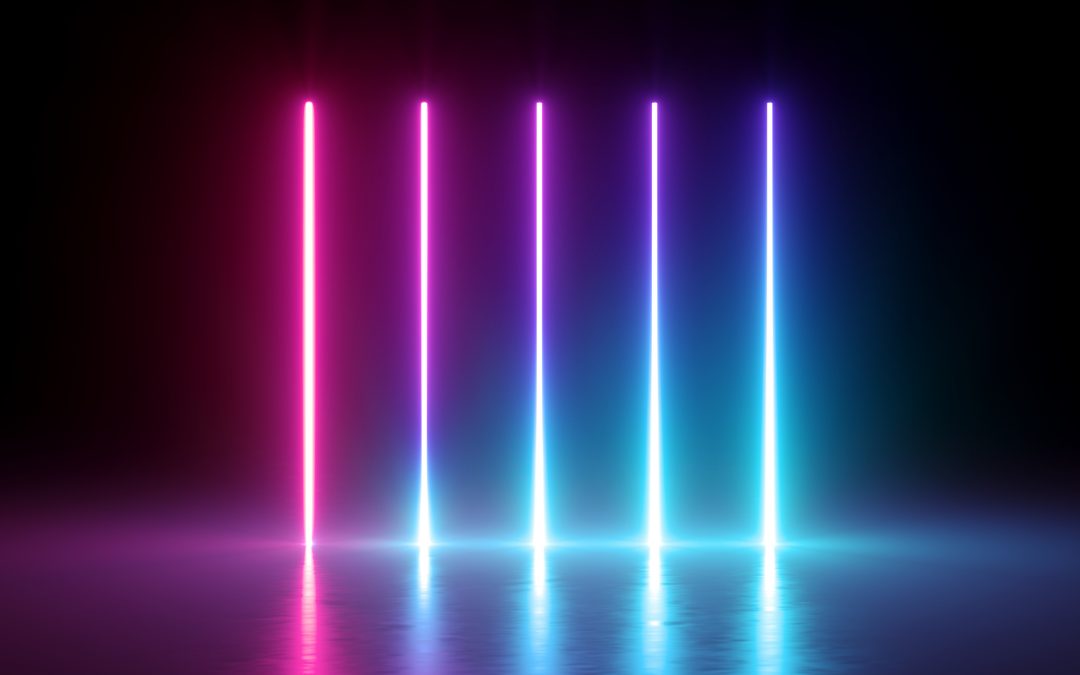Why choose DALI dimming? And what does Type 8 mean?
Why choose DALI dimming?
DALI (Digital Addressable Lighting Interface) is probably one of the most popular systems for dimming and lighting control. Today DALI Type 8 is available for purchase, and that is an addition to the regular and widely used DALI standard. In this blog post we elaborate on DALI in general as well as on the latest Type 8 addition, while also explaining why it is worth looking out for when buying lighting solutions.
DALI is a stable, flexible and indeed future-proofed system because of its innovative construction. The system only requires one single cable wherein a two-way signal runs trough the control panels, sensors and luminaires. The system therefore communicates mutually, which is essentially eliminating the need of one central controlling device. The controlling lies within the several components on the system, not a single unit, which makes DALI a safe and reliable system.
The aforementioned future-proofing in DALI is simply due to the fact that you do not have to switch or replace cables when you want to change or alter the lighting in a given room. If you want to convert a conference room into an open space office with fixed working stations requiring a higher lux level, all you need to do is reprogram the DALI system settings.
DALI is founded and developed by DiiA (Digital Illumination Interface Alliance), which is an alliance of large international lighting companies working towards their mutual goal of increasing the market for lighting control based on DALI technology.
DALI Type 8
DALI Type 8 is an addition to the original DALI standard, which does not only control luminosity but also gives you the opportunity to control the colour in your LED luminaires, like the RGB and colour temperature (also known under the name ‘Tunable white’).
On former DALI versions the system had two drivers and two addresses, one to the cold colour temperature and one to the warm colour temperature. The relationship between these two drivers controlled the colour temperature, meaning that you needed e.g. 40% from one driver with cold light and 60% from the other driver with warm light, to obtain a desired kelvin.
It was incredibly difficult to daylight regulate the lighting with an older DALI system because a simple alteration would distort the relationship between the drivers and change the colour temperature completely. It was a challenging process just to find the right colour temperature. On DALI Type 8 you have two channels on one address, which enables the drivers to alter the colour relationship automatically and hereby daylight regulate the lighting.
After such a technical explanation you might think what the benefits of DALI Type 8 really are. Apart from giving you the opportunity to ‘play’ with the lighting and illuminate your bedroom with a naughty ‘candy red’ colour, DALI Type 8 actually offer a range of more serious benefits.
Colour control through DALI Type 8 can give you a realistic daylight rhythm in your artificial indoor lighting. With DALI Type 8 you can make the lighting change in both colour and intensity, imitating the shifts occurring in the natural lighting outside. Systems like DALI Type 8 are highly sought after in the hospital sector, as bed ridden patients can get the feeling of natural lighting without having to get up and out.
